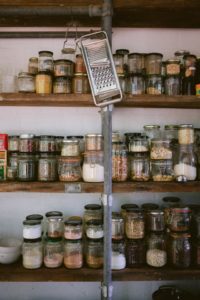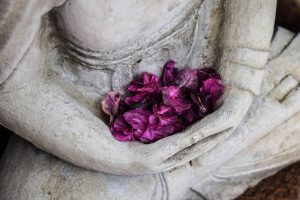
Let’s Talk About Menopause and Peri-Menopause – it’s more than hot flushes and mood swings
Most women who come to see me about menopause do so because of mood swings and hot flushes. It’s easy to talk about these symptoms of menopause. Some come because of weight gain.
What women don’t talk about are symptoms like dry vagina, bladder weakness (leakage when you sneeze or cough), and reduce libido. These issues are just as important as hot flushes and mood swings; so important I’ve written a second Blog just on genitourinary changes in menopause.
Quality of life can be impacted by all or any of these symptoms of menopause. We need to get better at talking about all the symptoms of menopause. The more we talk about it, the more normal these symptoms become.
Definitions
Menopause is a natural part of ageing; it represents the end of reproductive years for women. Women usually experience a slow slide into menopause over 4-6 years, starting in their 40s. This period is referred to as peri-menopause.
Perimenopause happens due to variable hormone secretion by the hypothalamus, pituitary and ovaries. As hormone secretions change the ovaries start to function erratically and decline in function.
Signs and Symptoms
The first signs and symptoms women experience relate to regularity of menstrual periods. While signs and symptoms vary between women, most can expect their menstrual period to become irregular and erratic. Some women start having very heavy periods. For some women their cycle becomes haphazard rather than regular.
Most symptoms of menopause relate to falling oestrogen levels.
As well as the symptoms mentioned earlier, women may also experience insomnia, achy joints, new facial hair, and dry skin. Once past menopause, women have an increased risk of osteoporosis and cardiovascular disease. (see my Blog on Cardiovascular Disease in Women)
Treatments
The good news is there is help available.
While there are pharmaceutical interventions for menopause symptoms, many women prefer a more natural approach such as medicinal herbs and nutritional supplements for the management of their symptoms. In my experience, around 95% of women who seek naturopathic help will benefit from the herbs and/or supplements prescribed.
Research has shown that medicinal herbs used in traditional Western, Chinese and Ayurvedic medicine systems can be prescribed to support a healthy transition through menopause. These herbs and supplements are particularly good at assisting in the management of hot flushes,night sweats, mood changes and low libido.
What herbs can assist with doesn’t stop here. Talk to an accredited naturopath or herbalist to find out what medical herbs and supplements will suit your individual needs.
Weight Gain
One of the most frustrating aspects of menopause is weight gain and the difficulty some women experience in losing weight. Weight loss is difficult without the complicating factors of menopause. Recent research indicates that abdominal weight gain is most likely associated with insulin resistance. Seeking assistance from a qualified nutritionist will help you develop an eating plan to help reduce abdominal weight gain.
Regular exercise – a mix of cardio and resistance is essential. If you are unsure of what exercise to do, seek the help of a qualified exercise physiologist, particularly if you have underlying health issues.
What works for one woman may not work for another. There are a number of medicinal herbs and nutritional supplements that can help with insulin resistance.
TATT – tired all the time and Brain Fog
Constant fatigue is more a side effect of a busy lifestyle than menopause. Sometimes lack of sleep due to uncontrolled hot flushes adds to fatigue.
With changes in when women have children, quite often women are managing young or teenage children and ageing parents, along with a demanding job, all while going through menopause. No wonder they feel tired all the time.
Give yourself a break. Find a few minutes every day for yourself.
Brain fog during menopause it most likely related to sleep problems and overall fatigue. Generally addressing night sweats and fatigue will correct brain fog.
Benefits of Menopause
There are benefits to going through menopause. No more worrying about getting pregnant, no need to carry tampons and/or sanitary pads around in case your period pops up unexpectedly.
Some women talk about the extra energy they have post-menopause. Others talk about being more focused on their own goals.


